Understanding the Impact of Commercial LED Displays on Modern Advertising Strategies
Table of Contents
- Comparison of Commercial LED Displays vs. Traditional Advertising Methods
- Evaluating the Cost-Effectiveness of LED Displays in Advertising
- Comparison of Target Audience Reach: LED vs. Print Advertising
- Impact of LED Display Creativity on Engagement Compared to Static Ads
- Technological Advancements: LED Displays vs. Conventional Billboards
- Sustainability in Advertising: LED Displays Versus Non-Digital Alternatives
- FAQS
- Conclusion
- Related Posts
The rise of Commercial LED Displays has transformed modern advertising strategies, providing businesses with innovative tools to engage audiences more effectively. According to a recent report by MarketsandMarkets, the global digital signage market is projected to reach $32.84 billion by 2025, with a significant portion driven by the adoption of LED technology. Companies like Ledersun Technology Co., Ltd., specializing in LCD display technology applications, recognize the critical role that interactive displays play in enhancing user engagement in both educational and commercial environments.
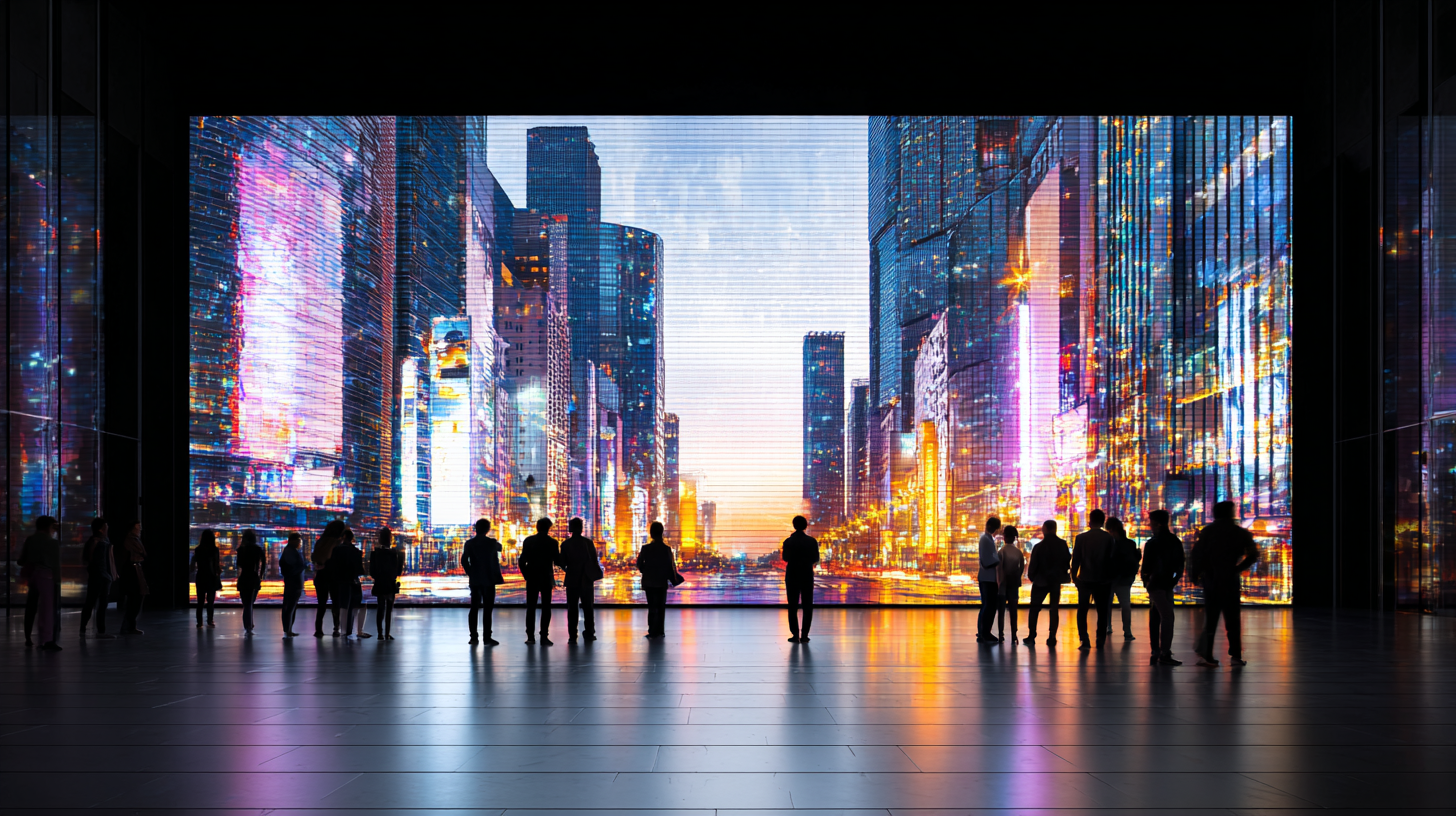
As advertisers leverage the vibrant colors and dynamic content capabilities of Commercial LED Displays, they can capture consumer attention in ways that traditional media cannot match. This blog will delve into the comparative advantages of Commercial LED Displays over other forms of advertising, exploring how they can elevate brand messaging and consumer interaction in today’s digital landscape.
Comparison of Commercial LED Displays vs. Traditional Advertising Methods
In the rapidly evolving landscape of advertising, the comparison between commercial LED displays and traditional advertising methods is becoming increasingly significant. Traditional advertising methods, such as print and static billboards, often lack the dynamic qualities that modern consumers, particularly Gen Z, are drawn to. In contrast, commercial LED displays offer vibrant, attention-grabbing visuals that can be updated in real-time, allowing brands to create engaging content that resonates with a digitally-savvy audience. The immersive experience provided by LED technology can transform the consumer journey, making it more interactive and appealing.
Moreover, the integration of advanced technologies such as Quantum Dot displays further enhances the appeal of LED advertising. By utilizing nanoparticles to produce more vivid colors and brighter images, Quantum Dot displays significantly elevate the quality of visual communication in advertising. This advancement not only captures consumers' attention but also enhances the overall brand message. As retailers strive to keep pace with changing consumer preferences, the ability to deliver fresh, captivating content through LED displays could prove to be a key differentiator in a competitive market, helping businesses connect with the elusive Gen Z demographic more effectively.
Understanding the Impact of Commercial LED Displays on Modern Advertising Strategies
This chart compares the effectiveness of different advertising methods based on audience engagement metrics. The data illustrates the average engagement rates per medium, highlighting the superiority of commercial LED displays over traditional methods.
Evaluating the Cost-Effectiveness of LED Displays in Advertising
In the realm of modern advertising, LED displays have emerged as a transformative tool that not only captures attention but also offers significant cost-effectiveness compared to traditional media. A detailed evaluation reveals that the true cost of an outdoor LED sign encompasses not just the initial investment in the display itself but also the expenses associated with installation, content management, and ongoing maintenance. Industry reports indicate that businesses can experience a return on investment (ROI) upwards of 300% when using LED displays, due to their ability to generate higher visibility and engagement rates.
Furthermore, the recent launch of interconnected LED systems on platforms such as the Vegas Strip Tower Network highlights the trend towards integrated digital communications. These advancements are designed to optimize advertising reach and effectiveness. According to a systematic review on marketing ROI calculations, businesses that leverage LED displays can measure their campaign success more accurately, leading to more informed budgeting and strategic decisions. As such, the shift towards LED technology in advertising not only promises enhanced visual appeal but also a measurable impact on marketing success.
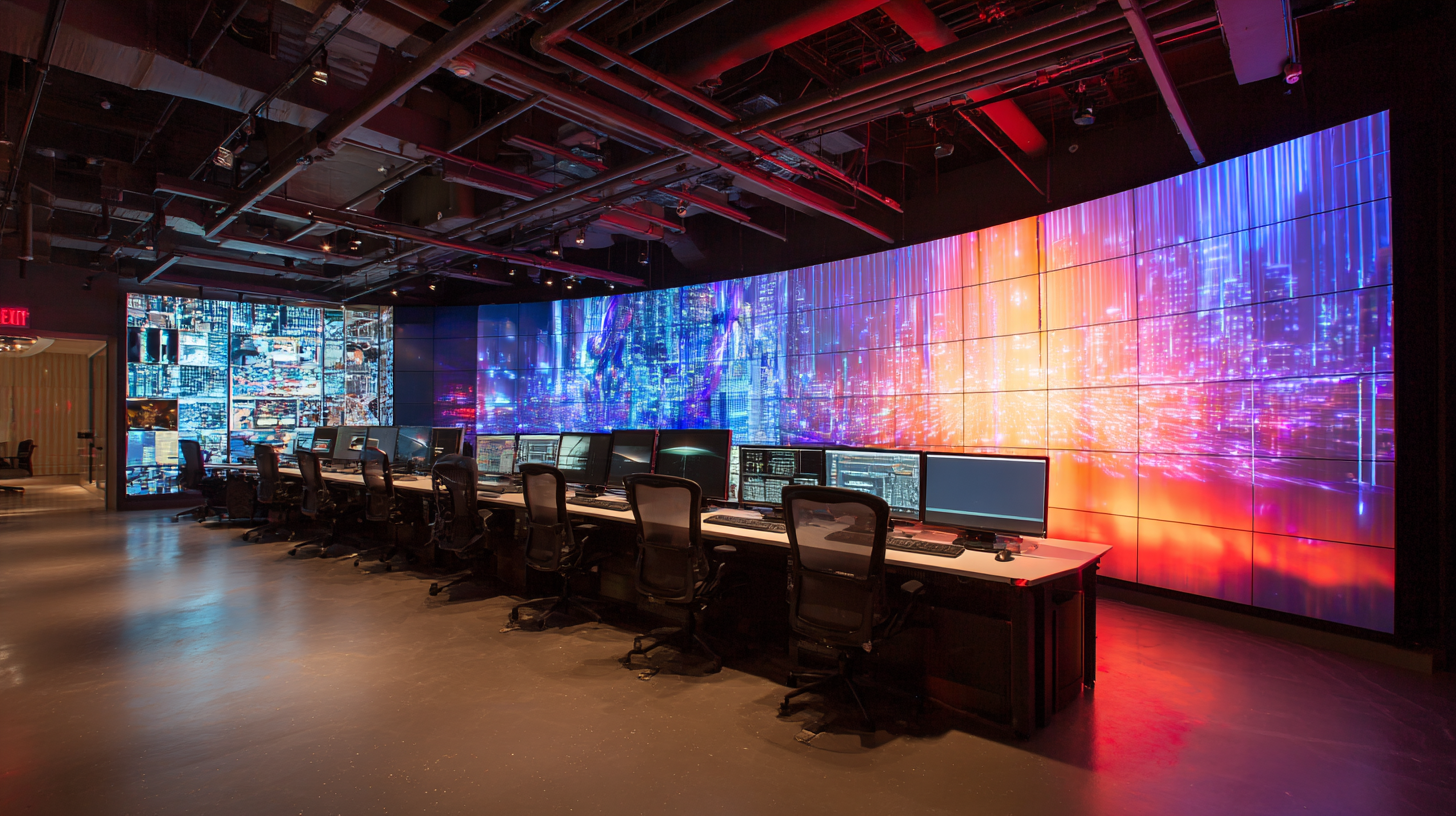
Comparison of Target Audience Reach: LED vs. Print Advertising
The evolution of advertising strategies has witnessed a significant shift from traditional print media to dynamic commercial LED displays. When comparing the target audience reach of LED advertising and print advertising, recent studies indicate that LED displays can capture a larger and more diverse audience. According to a report by the Digital Advertising Alliance, digital signage, primarily through LED screens, increases viewer recall by as much as 83% compared to static print ads. This stark contrast highlights the effectiveness of LED displays in engaging consumers in a fast-paced environment.
Moreover, the geographical flexibility of LED advertising amplifies its reach. A survey conducted by Arbitron found that digital billboards can achieve a daily impression rate of up to 30,000 people per location. In contrast, print ads, which often rely on magazine or newspaper circulation, yield significantly lower impressions. For instance, a typical full-page magazine advertisement reaches about 20,000 readers, indicating that LED displays can surpass traditional print methods in effectiveness and engagement, ultimately driving higher conversion rates for advertisers. This data underscores the necessity for modern advertisers to reconsider their strategies, leaning towards investments in LED technology to maximize their outreach.
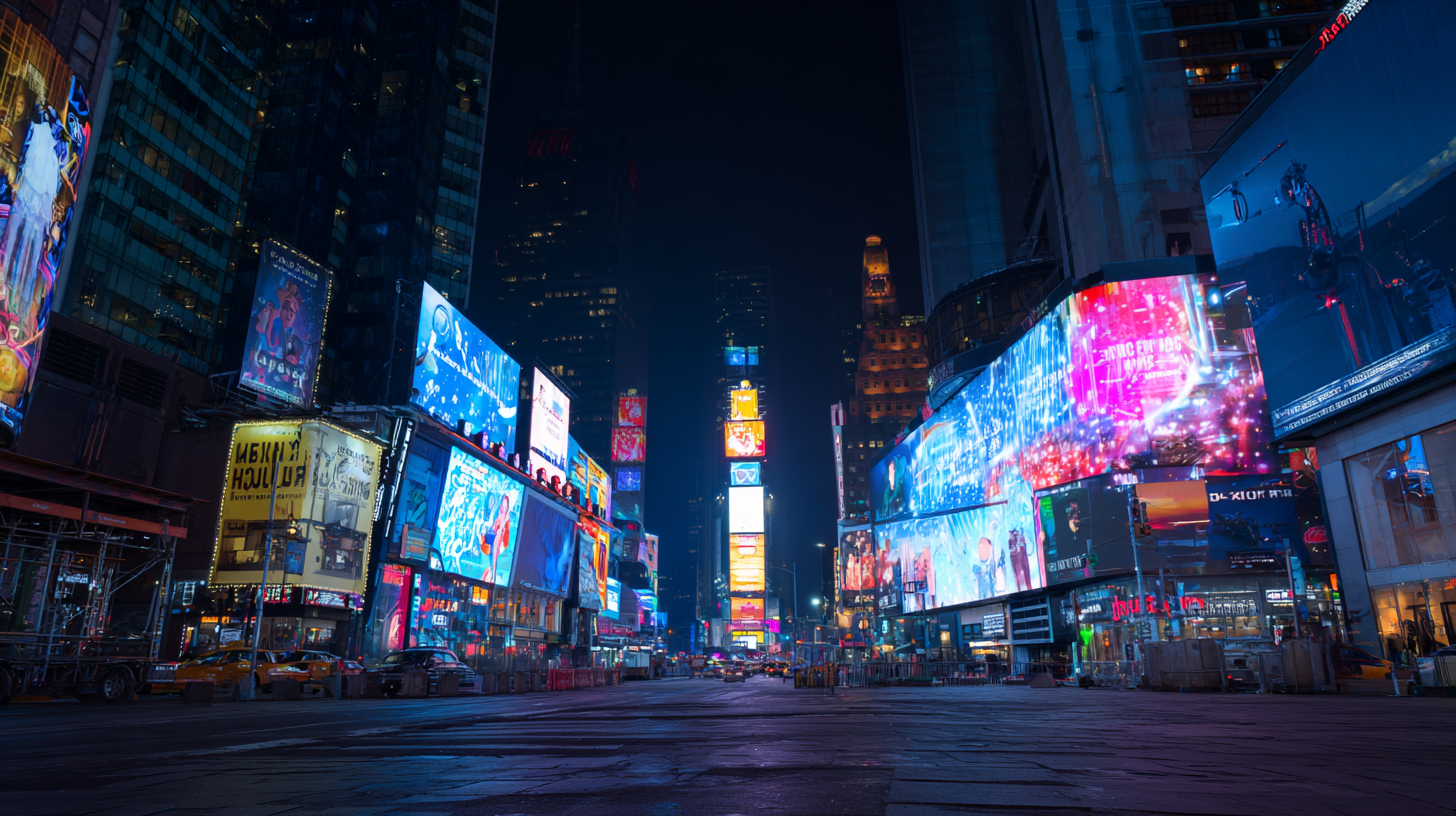
Impact of LED Display Creativity on Engagement Compared to Static Ads
The advent of commercial LED displays has transformed modern advertising strategies significantly. One of the most compelling aspects of this change is the creativity of LED displays and their ability to enhance customer engagement. According to a recent report by the Digital Signage Federation, dynamic digital content, such as LED displays, increases viewer engagement by 400% compared to traditional static ads. This staggering statistic reflects how moving imagery, vibrant colors, and real-time updates can capture attention far more effectively than conventional print advertisements.
Moreover, a study conducted by the Out-of-Home Advertising Association of America reveals that digital ads can influence purchasing decisions, with 60% of consumers indicating that a captivating digital display drove them to make unplanned purchases. This creative freedom allows brands to not only showcase their products but also tell compelling stories, connect emotionally with audiences, and adapt messaging on the fly for various demographics or times of day.
By leveraging the unique attributes of LED displays, businesses can significantly enhance their advertising impact, making it clear that creativity in digital signage is not just a trend, but a powerful strategy for driving engagement and sales.
Technological Advancements: LED Displays vs. Conventional Billboards
The rapid technological advancements in LED display technology have significantly transformed the landscape of modern advertising. Unlike conventional billboards, which are static and limited to a single message, LED displays allow advertisers to showcase dynamic content and real-time updates. According to a report by the Digital Signage Federation, dynamic advertising can boost viewer engagement by 400% compared to traditional static billboards. This engagement is largely due to the eye-catching visuals and the ability to change messages frequently, catering to different audiences and trending topics.
Moreover, data from the Out of Home Advertising Association of America (OAAA) indicates that advertisers who utilize digital out-of-home formats, such as LED displays, experience an increase in ROI by an average of 50%. The ability to integrate social media feeds, video content, and targeted promotions gives LED displays an edge over conventional methods. As companies increasingly recognize these benefits, their investment in LED technology is projected to grow, with the global market expected to reach $70 billion by 2025, highlighting the shift towards more innovative and effective advertising strategies.
Sustainability in Advertising: LED Displays Versus Non-Digital Alternatives
In the realm of modern advertising, the shift towards sustainability is reshaping the strategies that businesses implement to connect with their audience. Commercial LED displays stand out as a compelling alternative to traditional non-digital advertising mediums. Unlike conventional billboards that require constant physical resources for maintenance and updates, LED technologies offer dynamic content that can be easily modified and optimized for real-time engagement. This adaptability not only reduces waste but also enhances the effectiveness of advertising campaigns by allowing brands to tailor their messages to current events, trends, and consumer interests.
Ledersun Technology Co., Ltd. plays a crucial role in this transformation by supplying interactive whiteboards for educational and conference settings, as well as cutting-edge digital signage solutions for commercial applications. By providing environmentally-friendly LCD display technologies, Ledersun is committed to advancing the principles of sustainability in advertising. These digital displays not only minimize paper usage but also contribute to energy efficiency, aligning with the growing demand for eco-conscious marketing practices. As businesses increasingly integrate LED technology, they not only enhance their visibility but also demonstrate their commitment to sustainability in an ever-evolving marketplace.
Understanding the Impact of Commercial LED Displays on Modern Advertising Strategies
| Dimension | LED Displays | Non-Digital Alternatives |
|---|---|---|
| Energy Efficiency (kWh/month) | 300 | 1200 |
| Lifespan (years) | 8-10 | 3-5 |
| Cost per Impression | $0.004 | $0.01 |
| Flexibility in Content Updates | High | Low |
| Environmental Impact Assessment | Low | High |
| Average Reach (daily) | 10,000 | 5,000 |
FAQS
: Commercial LED displays offer vibrant visuals, real-time updates, and dynamic content that engage modern consumers, particularly Gen Z, unlike traditional methods such as print and static billboards.
Quantum Dot displays utilize nanoparticles to produce brighter images and more vivid colors, significantly improving the quality of visual communication in advertising.
LED displays require fewer physical resources for updates and maintenance, reducing waste while allowing brands to tailor their messages in real-time, thus enhancing the effectiveness of advertising campaigns.
By delivering fresh and captivating content through LED displays, businesses can create engaging experiences that resonate more effectively with the digitally-savvy Gen Z demographic.
Ledersun Technology supplies interactive whiteboards and digital signage solutions, promoting environmentally-friendly LCD technologies that minimize paper usage and enhance energy efficiency.
LED displays allow for the modification of content in real-time, aligning advertising with current events and trends, and thus improving engagement with the target audience.
LED displays reduce waste by minimizing the use of physical materials and contribute to energy efficiency, aligning with the growing consumer demand for eco-conscious marketing practices.
The immersive experience provided by LED technology makes the consumer journey more interactive and appealing, enhancing engagement and brand connection.
The ability to easily modify and optimize content for immediate engagement allows brands to remain relevant and effective in their messaging, responding to the fast-changing market dynamics.
Dynamic content attracts attention and engages audiences more effectively than static advertisements, making it crucial for brands aiming to stand out in a competitive landscape.
Conclusion
The blog titled "Understanding the Impact of Commercial LED Displays on Modern Advertising Strategies" explores the transformative role of Commercial LED Displays in the advertising landscape. By comparing them with traditional advertising methods, we highlight their superior cost-effectiveness and ability to reach broader target audiences. Additionally, the creativity offered by LED displays significantly enhances viewer engagement compared to static ads, appealing to modern consumers' preferences for dynamic content.
Technological advancements further bolster the effectiveness of Commercial LED Displays, setting them apart from conventional billboards and print advertising. Furthermore, the sustainability aspect is addressed, emphasizing how LED displays present a more eco-friendly alternative to non-digital advertising solutions. By leveraging the innovative capabilities of LED technology, businesses can not only elevate their advertising strategies but also contribute to a more sustainable future in marketing.
Related Posts
-

Ultimate Checklist for Sourcing the Best Custom Digital Screens Globally
-
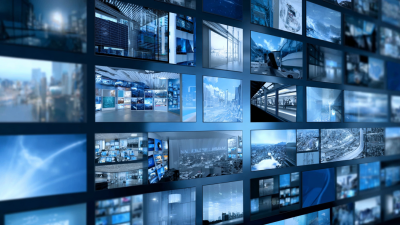
Mastering Best Digital Display Technology for Your Business Success
-

How to Choose the Best Advertising LCD for Maximum Brand Visibility
-
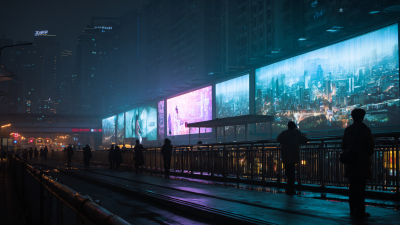
Proudly Made in China The Global Excellence of Best Digital Sign Systems
-

Digital Solutions for Your Business Growth from the Best Digital Sign Company
-

Revolutionizing Digital Signage and Interactive Kiosks Trends to Watch in 2025
Blog Tags:





